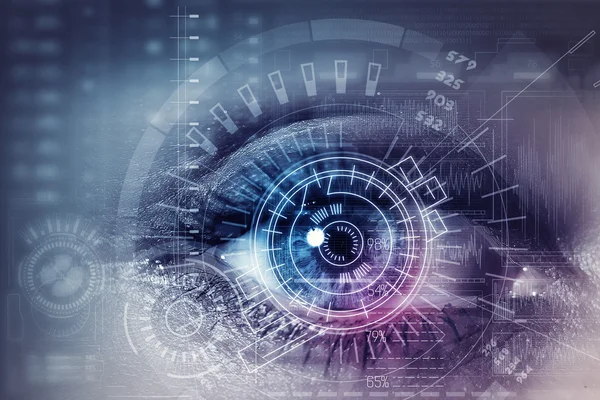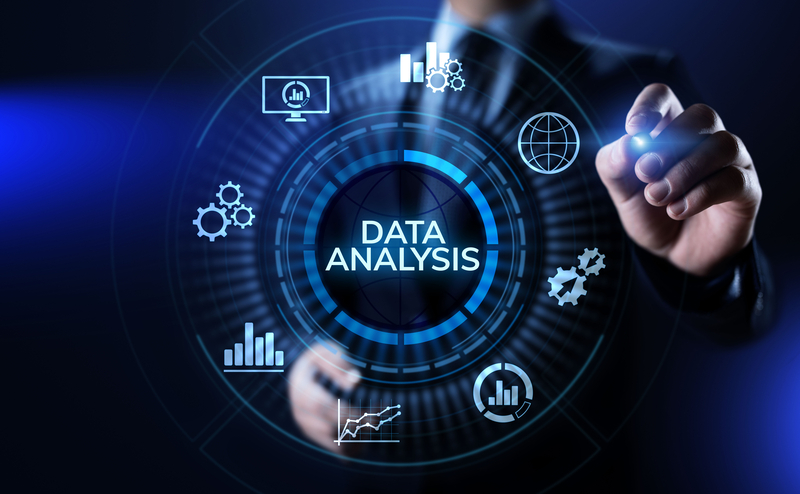
INNOVATIVE SENSOR TECHNOLOGIES: MONITORING PATIENT CONDITIONS IN DIGITAL INTENSIVE CARE UNITS
As healthcare continues its digital transformation, sensor technologies are becoming essential tools in modern Intensive Care Units (ICUs). These cutting-edge sensors enable continuous and precise monitoring of a patient's physiological state, providing healthcare professionals with the data needed to make rapid and informed decisions. The fusion of sensor technology with artificial intelligence (AI) and machine learning (ML) has transformed patient care, making it more dynamic, accurate, and responsive than ever before.
The Role of Sensor Technologies in ICUs
Sensor technologies in ICUs are designed to capture real-time data on a wide range of vital signs, such as heart rate, oxygen levels, blood pressure, and respiratory rates. The ability to monitor these parameters continuously offers several key advantages:
- Continuous Monitoring: Traditional monitoring methods often require manual checks at scheduled intervals, but with sensors, data can be gathered continuously. This allows for immediate detection of any fluctuations in a patient’s condition, even subtle changes that might go unnoticed during periodic checks.
- Early Detection of Deterioration: Modern sensors, combined with AI and ML algorithms, can detect patterns that indicate potential complications before they fully manifest. For example, sensors can pick up on early signs of respiratory distress, sepsis, or cardiac failure, prompting immediate intervention.
- Non-Invasive Solutions: Innovative sensors are often non-invasive, providing critical data without the need for intrusive procedures. This not only improves patient comfort but also reduces the risk of infections and other complications associated with invasive monitoring techniques.
- Enhanced Accuracy and Precision: Sensors eliminate the potential for human error in data collection. They provide more accurate and consistent readings, leading to better-informed clinical decisions and improved patient outcomes.
Meta4ICU: Enhancing ICU Monitoring with AI-Driven Sensors
One of the leading solutions in the realm of digital ICUs is Meta4ICU by Metaksoft. Meta4ICU integrates advanced sensor technologies with AI and machine learning algorithms to offer a comprehensive and intelligent monitoring platform. It collects data from various bedside medical devices, continuously processing it to provide real-time insights into patient health.
What sets Meta4ICU apart is its ability to predict patient deterioration based on sensor data. It analyzes trends over time, recognizing early warning signs and alerting clinicians before a critical event occurs. This predictive capability significantly enhances patient safety, allowing healthcare teams to intervene sooner and potentially prevent life-threatening conditions.
Meta4ICU also provides a seamless and intuitive user interface, ensuring that clinicians can easily access and interpret the vast amounts of data generated by sensors. This streamlines ICU workflows and enables healthcare providers to focus more on patient care rather than data management.

The Future of Sensor Technology in ICUs
As sensor technologies continue to evolve, we can expect even greater levels of precision and insight in ICU monitoring. In the near future, these sensors will likely become smaller, more efficient, and capable of tracking an even wider array of physiological parameters. Coupled with AI advancements, the possibilities are vast—leading to more proactive and personalized care for critically ill patients.
With solutions like Meta4ICU leading the way, sensor technologies are revolutionizing how ICUs operate. By delivering real-time, actionable data, these innovations empower healthcare providers to make faster and more accurate decisions, ultimately improving patient outcomes.
Conclusion
Sensor technologies are redefining patient care in digital ICUs, bringing unprecedented accuracy, continuous monitoring, and predictive capabilities to critical care environments. Metaksoft's Meta4ICU exemplifies how AI-driven platforms are pushing the boundaries of what is possible in patient monitoring, ensuring that healthcare teams have the tools they need to deliver optimal care when it matters most.
